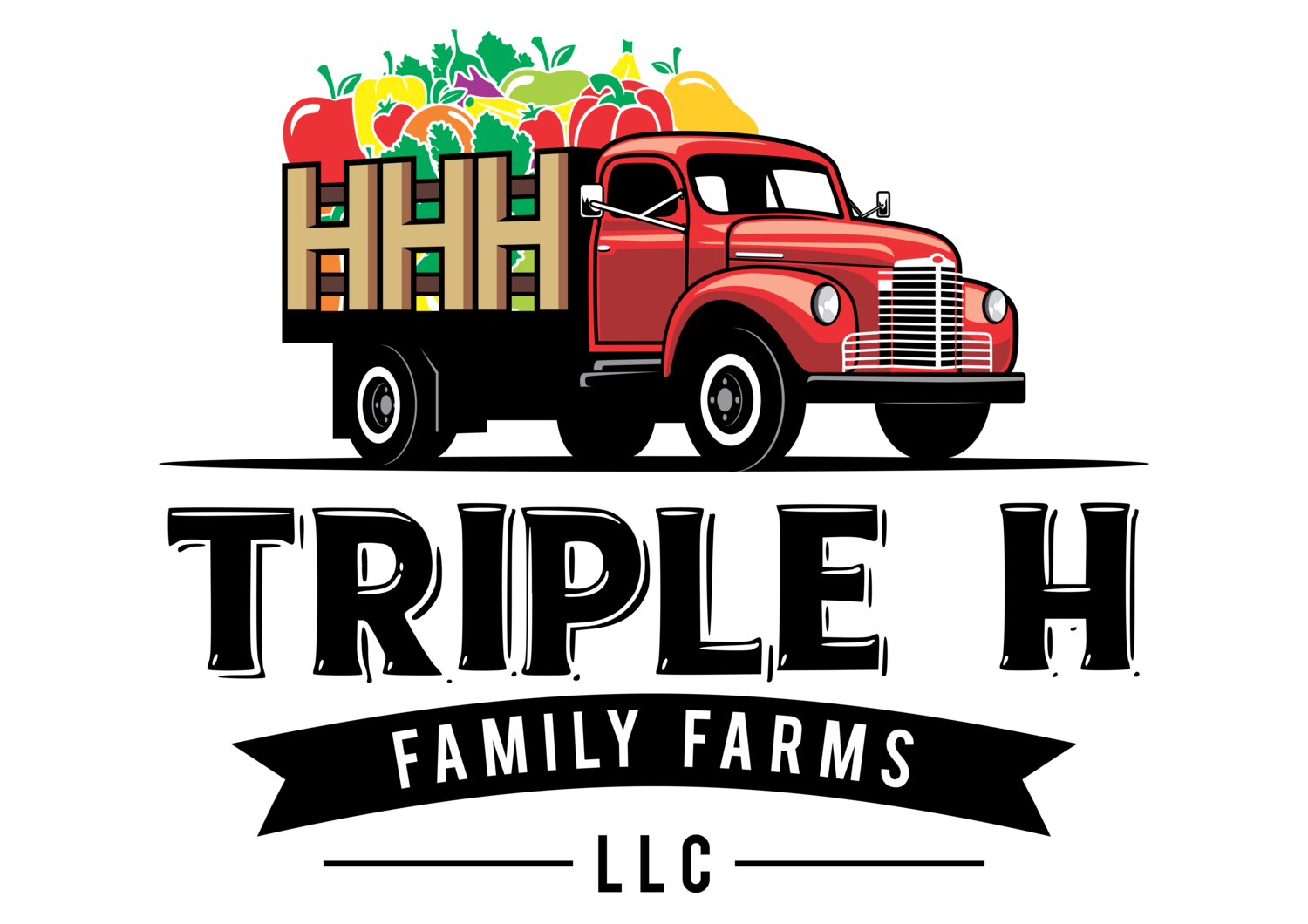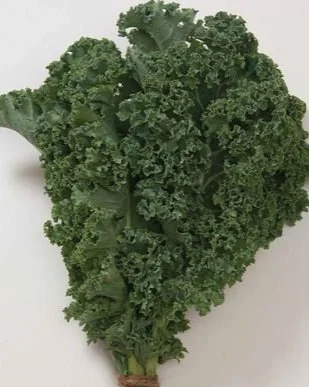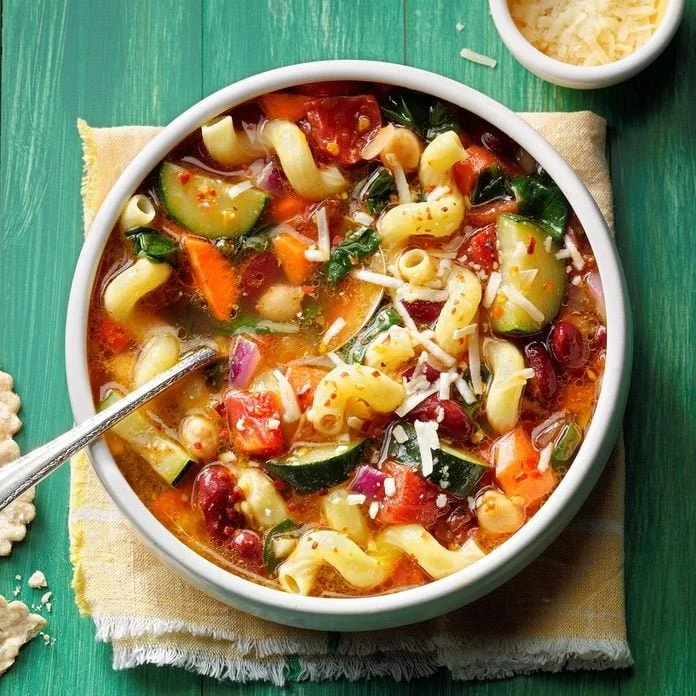Summer CSA Newsletter: Week 3
WHATS IN YOUR BOX THIS WEEK AND HOW TO USE IT
STRAWBERRIES - Airtight containers are always best, preferably glass. DO NOT wash your berries until you plan to eat them. $7.50 (COULD BE THE LAST WEEK!)
LETTUCE MIX - Store in a plastic bag loosely in your refrigerator. The ideal temperature for storing lettuce is at or near 32 degrees. Wash prior to use. Lettuce stores normally for UP to two weeks. $5
CARROTS- If your carrots have the tops on, take them off right away to avoid limp carrots. The tops like to suck the moisture from the root (carrot) which makes for lifeless carrots. Store carrots in the refrigerator in a plastic bag or container. They can store for several weeks and sometimes even months. $5
RADISH - Remove the greens from the root. If you choose to keep the greens, wash them and then store wrapped in a damp paper towel in a bag. Place in the crisper of the refrigerator. The root can store up to two weeks in the fridge in a plastic bag. Wash before use. $5 (LAST WEEK!)
RED SPRING ONIONS - Store in the refrigerator crisper drawer for up to one week. You can peel off layers that become dry or slimy if used after one week. $2.50
KALE OR SWISS CHARD - Kale loves the crisper drawer. Does well in a loose bag in your refrigerator. Wash prior to use. Stores normally for UP to two weeks. Swiss Chard will become limp and lifeless very easily. Gently wrap unwashed greens in paper towels and store loosely in plastic bags. Keep moist and cool in the lower part of the refrigerator in the high-humidity bin. Store for up to 5 days. but, have no fear you can still use it in lots of things if chard becomes a little lifeless! $5
Week 3
Welcome to week 3. We hope that you enjoyed your bag last week and that you were able to utilize all the items we packed for you. Here at the farm, we have been busy seeding, weeding, planting and harvesting. We are only a few weeks away from our fall planting of winter squash. Did you know many winter squash varieties require a minimum of 100 days before they are ripe for harvest? Considering our limited planting area, it becomes crucial for us to meticulously plan and adhere to our planting schedule.
As many of you are new to our CSA and honestly, many of our veteran vendors may not have had proper introductions, we thought now would be a good time to introduce you to team members that you might come in contact with during the season.
We, Matt and Kim Tennill, are the proud owners of Triple H Family Farms and serve as your dedicated farmers. We have owned our farm since 2012 and started farming for market in 2017. Matt and I work together on most things on the farm but, Matt primarily takes charge as our contractor, tractor driver, equipment fixer, root crop harvester, and pest management supervisor. On the other hand, Kim efficiently manages all computer-related tasks, farm market setup, customer service, and daily farm operations. When you visit the farmer's market, it is highly likely that you will encounter either one or both of us.
Matt and I have been married for 18 years and we are blessed to have 6 children. (yes, we too are shocked we have that many kids) Our children's ages range from 2 to 22, and four of them still reside with us at home. While spring and summer demand our attention and dedication to the farm, during fall and winter, we shift gears and focus on our children's extracurricular activities, school events, holidays, and family vacation. During the spring and summer, we look like the two images above, but during the winter we do try to look like the last picture (ha-ha). This picture was taken in Mexico and it has become one of our favorite places to visit in the off season. We have taken our children who LOVE to travel and get out of school for a week to swim, snorkel, explore and stuff themselves with unlimited treats while we’re there.
Introducing a new addition to our farm this year is our dedicated team member, Kylie. Kylie is a 3rd year college student at Maryville University studying Agriculture. Her primary responsibility is overseeing our wash/pack station but, you may see her at a market or two this year. She will be in charge of keeping track of production brought in from the field, ensuring the appropriate amounts of vegetables and fruits are allocated for market or the CSA program, maintaining cleanliness in various areas such as the shop, totes, trailer, walk-in cooler, and more. Our wash/pack station has been a significant bottleneck for both Matt and I over the past couple of seasons. By hiring someone to manage this crucial area, we aim to enhance our overall efficiency and gain more time to concentrate on expanding our crop production.
Our last team member is our second son, Wyatt. Wyatt is 16 and is going into his junior year of high school. He enjoys participating in FFA, hunting, fishing and any outdoor activity involving wheels! Many of you have seen him at the market last season and you will see more of him this year at our stand or with his partner Paul of Black Arrow Farms selling sweet corn as part of their SAE project. He helps drive the tractor, run errands, cleans, seeds, plants, harvests and occasionally runs the checkout at market. Wyatt is our overall fill-in person and helps wherever he can.
VEGGIE OF THE WEEK
Swiss chard and kale
Swiss Chard is not an overly popular product and sometimes gets placed in the runner-up category to spinach. It is easily recognizable with its brightly colored stems, which you can eat and taste similar to celery. It can be cooked with the stems attached or eaten raw in salads. Larger leaves have tougher stems, so separate them and give the stems a few minutes head start when cooking. Stir chard into stews and soups, or blanch or sauté it, like spinach. Leaves can be cut in small ribbons and added to rice/quinoa/pilaf/egg dishes or salads. It is an extra source of vitamins K, A, and C, as well as a good source of magnesium, potassium, iron, and dietary fiber.
Kale has had a moment in the sun, but it seems to be losing its 15 seconds of fame. There have been seasons that we don’t have enough and others where we can’t give it away for free. Kale is low calorie and contains calcium, vitamin B6, magnesium, vitamin A, vitamin C, and vitamin K, Usually, when something’s this good for you, it doesn’t taste good but, even though kale can taste pretty similar regardless of what it’s paired with, it can go with so many different foods including kale chips, smoothies, quiche (a favorite!), omelets, stir-fry and soups.
Photo Credit: Love and Lemons
Simple Swiss Chard Recipe - Love and Lemons
1 bunch Swiss Chard
1.5 teaspoons extra-virgin olive oil
1 garlic cloves, thinly sliced
pinch of sea salt, more or less to taste
Lemon wedge, for squeezing
Slice the stems off the chard leaves and chop the stems into 1/4-inch slices. Coarsely chop the leaves.
Heat the oil in a large skillet over medium heat. Add the chard stems and cook for 1 to 2 minutes, or until they begin to soften. Add the chard leaves, garlic, salt, and several grinds of pepper, and sauté for 1 to 2 minutes, or until the leaves are wilted.
Turn off the heat, squeeze a little lemon juice over the chard, and toss. Season to taste and serve.
Photo Credit; Taste of Home, Over the Rainbow Minestrone
This recipe I have not done but, I am going to! It looks delicious. I know we don’t have all the vegetables yet (we will in the future!) but, you might be able to get a few from other vendors.
Over-the-Rainbow Minestrone Recipe: How to Make It (tasteofhome.com)
Photo Credit: Garlic and Zest
This is a yummy option for kale. My kids don’t even realize there is kale in it!
Bacon Cheddar Kale Quiche - Garlic & Zest (garlicandzest.com)
IF ALL ELSE FAILS
If your week has been crazy and you haven’t had time to do a thing with items in your bag, focus on these tasks:
Make sure your strawberries are still good and if you absolutely must - freeze them. You can do this whole if needed and later use them for a quick strawberry jam or make ice cream topping for ice cream! Fresh local berries are super sweet and we don’t add any sugar when we make ice cream topping. Smash them up until your desired consistency and add on top of vanilla ice cream.
Make sure the greens are removed from the root vegetables. Your roots will store for a good while, your greens from your root vegetables need to be used or lose them.
Lettuce, Kale and Swiss Chard will store for at least 7 days. We wash and spin dry your lettuce one time. You should wash and dry again before consumption. Keep in mind moisture leads to spoilage. You can wait to wash your greens until you plan to consumer them. Place greens in an airtight container such as a bag or Tupperware.
Greens such as carrot tops or other veggie scraps can be saved and used for homemade vegetable broth. Try this recipe: How to Make Vegetable Broth Using Saved Kitchen Scraps ~ Homestead and Chill
NEXT WEEK’S POSSIBILITY’S
Your bag next week will include 6-7 of the following depending on availability and if it’s ready to harvest.
Carrots
Herbs (Oregano, Sage, Parsley or Rosemary)
Green Onions
Lettuce (head or mixed)
Beets
Turnips
Broccoli
Cauliflower
Kale/Swiss Chard
Strawberries (maybe)
Wishing you a fantastic week ahead, see you next week!












